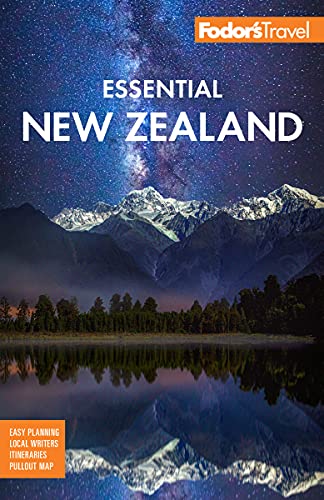Visitors tend to have a love-hate relationship with Rotorua (ro-to-roo-ah). Millions of them—both from New Zealand and abroad—flock in each year, sometimes embracing and sometimes ignoring the unashamedly touristy vibe that has earned it the nickname Rotovegas. In either case, there’s no denying that Rotorua has long capitalized on nature's gifts. After all, the influx is nothing new. The "Great South Seas Spa," as the city was once known, ranks among the country’s oldest tourism ventures and has been luring vacationers since the late 19th century.
Rotorua's M?ori community traces its ancestry to the great Polynesian migration of the 14th century through the Arawa tribe, whose ancestral home is Mokoia Island in Lake Rotorua. The whole area is steeped in M?ori history and legend—for hundreds of years, they have settled by the lake and harnessed the geological phenomena, cooking and bathing in the hotpools. Today there are still many places where you can soak in the naturally heated water—and soak up the traditional M?ori atmosphere.
Whakarewarewa, at the southern end of Tryon Street, is the most accessible of these and also the most varied. Whaka, as the locals call it, has two parts (the Living Thermal Village and Te Puia), both of which give firsthand exposure to the hotpools and M?ori culture. The community was founded by people who moved here from Te Wairoa after the eruption in 1886.





